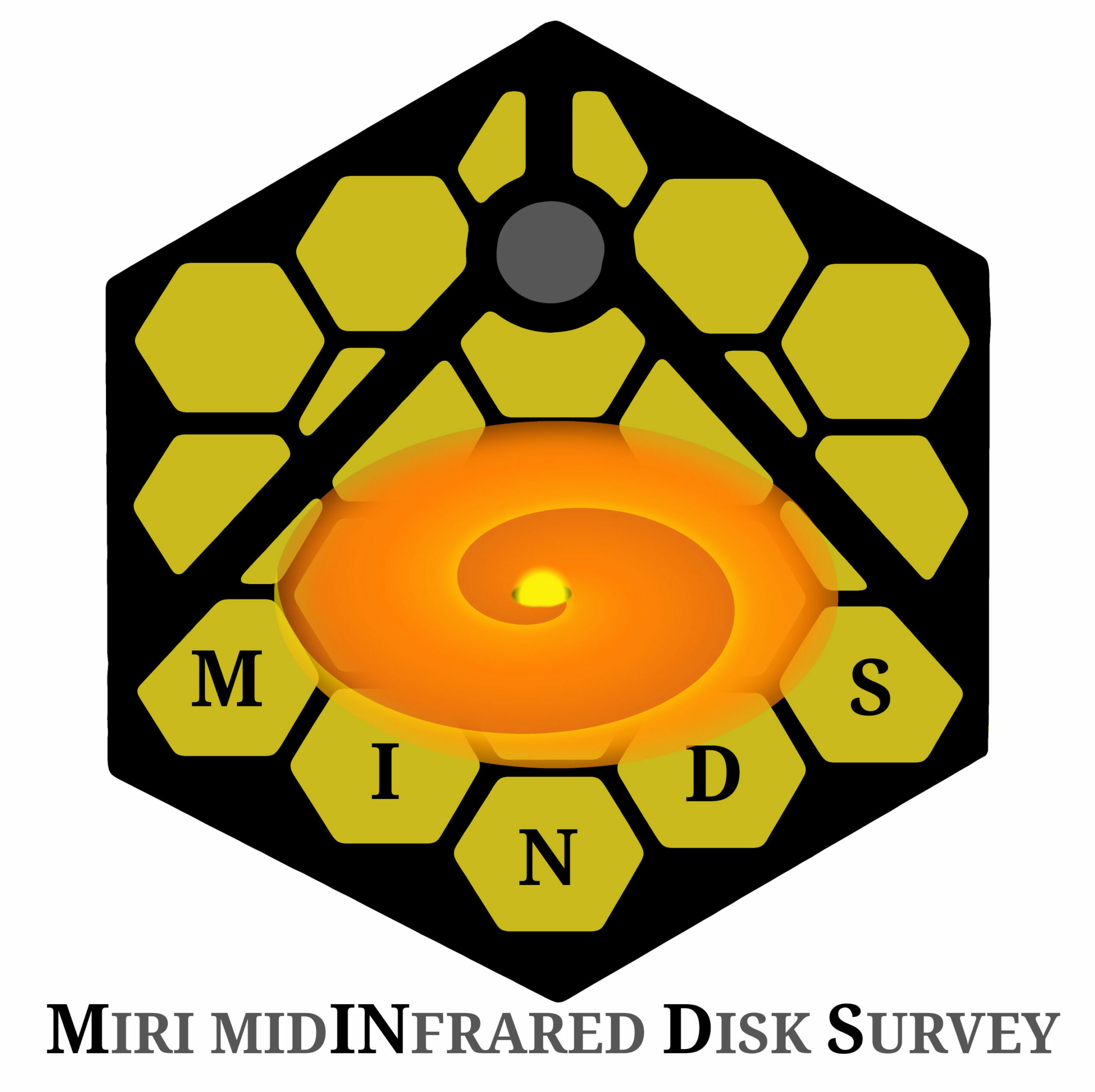The Chemical Inventory of the Inner Regions of Planet-forming Disks – The JWST/MINDS Program
The understanding of planet formation has changed recently, embracing the new idea of pebble accretion. This means that the influx of pebbles from the outer regions of planet-forming disks to their inner zones could determine the composition of planets and their atmospheres. The solid and molecular components delivered to the planet-forming region can be best …
